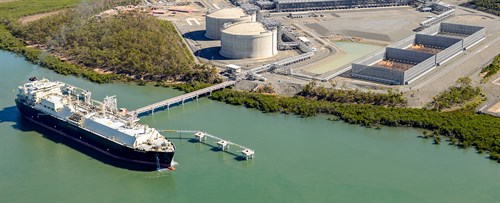Europe’s gas prices surge to avert risk of winter shortage
(Reuters) - Europe’s gas and electricity prices are setting record highs on a daily basis and rising at an accelerating rate as the market tries to destroy enough demand to protect depleted inventories ahead of the winter.
Gas storage sites in the European Union and United Kingdom are currently just under 76% full, compared with a ten-year seasonal average of almost 90%, according to data compiled by Gas Infrastructure Europe.
In the last decade, storage has emptied by an average of 57 percentage points over winter, but depletion is highly variable, ranging from a minimum of 38 points in 2013/14 to a maximum of 71 points in 2017/18.
If this winter sees an average drawdown, storage sites would be reduced to just 19% full by next spring, the second lowest for a decade, leaving the region with a persistent gas shortage next year.

If the winter sees a moderately strong draw, in the 75th percentile, storage would be reduced by 68 percentage points to a record low of just 8% next spring, increasing the probability supply will actually run out in some areas.
If the winter sees a maximum draw, similar to 2017/18, storage would be almost exhausted by next spring, making local shortages almost inevitable.
Futures prices are rising to avert this threat by rationing demand now to conserve inventories and reduce the risk of running out later in the winter.
Sharply rising prices are the reason wholesale markets (such as European gas) rarely run into physical shortages, unlike retail markets (U.K. gasoline and diesel) where price rises are typically more limited for commercial and political reasons.
Europe’s gas and electricity prices are likely to remain elevated until there is clear evidence that they have begun to reduce demand and conserve inventories.
There are tentative signs the inventory situation has already improved slightly since late August in response to much higher prices, but the market may need a much stronger signal of conservation before prices fall.
The most likely early signs of conservation are temporary factory closures (especially energy-intensive users); reductions in central and local government energy consumption (street lighting and building temperatures); and reductions in commercial and residential consumption (building temperatures).
Until there is a clear signal consumers have begun to respond by reducing gas use, prices are likely to remain exceptionally high to avert a much worse situation early next year.

- ADNOC Gas awards $2.1 B in contracts to enhance LNG supply infrastructure
- Tecnimont to build waste-to-biogas plant to fuel local kitchens in India
- U.S. Department of the Treasury releases final rules for clean hydrogen production tax credit
- Indonesia regulator confirms disruption at bp's Tangguh LNG project
- Topsoe, Aramco sign JDA to advance low-carbon hydrogen solutions using eREACT™



Comments